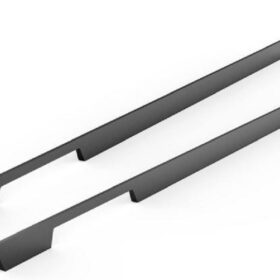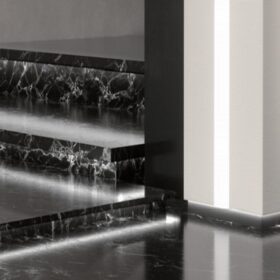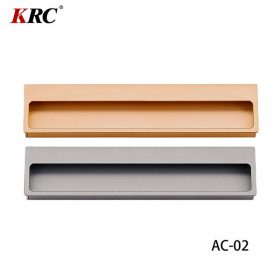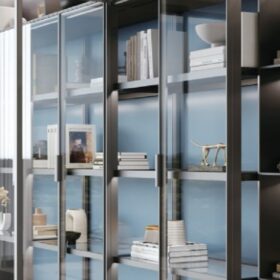Safety Considerations for Modern Cabinet Handles
Contemporary, sleek kitchen designs often incorporate stylish cabinet handles to enhance aesthetics and functionality. However, choosing appropriate cabinet handles requires careful consideration of safety aspects to prevent potential hazards in the kitchen environment. This article explores various safety considerations for modern cabinet handles, ensuring a safe and convenient culinary workspace.
Ergonomics and Usability
Ergonomic handles provide a comfortable and secure grip, minimizing strain and fatigue during prolonged use. Handles should have a shape that conforms to the natural curvature of the hand and be free of sharp or uncomfortable edges. The diameter and length of the handle should allow for easy grasping, particularly for users with limited hand strength or dexterity.
Child Safety
In homes with young children, child safety is paramount. Avoid using handles with sharp points or protruding edges that could cause injury during exploration or accidental contact. Consider handles with rounded or recessed profiles, making them less likely to snag on clothing or entrap fingers. Opt for handles that do not extend beyond the cabinet edge, eliminating potential tripping hazards.
Material Composition
The material used for cabinet handles influences their safety and durability. Metal handles are robust and durable but can conduct heat, potentially causing burns when handling hot cookware. Wood handles, on the other hand, provide a natural and warm aesthetic but may absorb moisture and become vulnerable to damage. Non-slip materials, such as rubber or silicone, are ideal for handles used in wet or slippery environments to prevent accidental slippage and injuries.
Handle Orientation
The orientation of cabinet handles affects their functionality and safety. Horizontal handles are typically easier to grip for most users, reducing wrist strain. Vertical handles may be more convenient for certain applications, such as lower cabinets or appliances, but should be placed carefully to avoid interference with other handles or neighboring cabinets.
Installation and Maintenance
Proper installation is crucial for safe and secure cabinet handles. Ensure handles are firmly attached to the cabinet front using suitable hardware and tightening techniques. Regular maintenance, such as cleaning and lubrication, helps prevent handles from becoming loose or developing rough edges that could cause injury. Refrain from overloading cabinets excessively, as this may put undue stress on handles and increase the risk of failure.
Conclusion
Modern cabinet handles contribute significantly to kitchen aesthetics and functionality. However, safety considerations should not be overlooked. By carefully selecting handles that are ergonomic, child-safe, and made from appropriate materials, you can create a kitchen environment that is both stylish and hazard-free. Proper installation, maintenance, and responsible use further enhance safety, ensuring a seamless and enjoyable culinary experience for years to come.
-
2024-09-14Exploring the Different Types of Modern Closet Door Pulls and Their Applications
-
2024-09-14How Cabinet Door Pull Handles Support High-Traffic Areas
-
2024-09-06Cost-Benefit Analysis of Investing in High-Quality Long Wardrobe Door Handles
-
2024-09-04How Flat Cabinet Handles Enhance Modern Interior Design
-
2024-11-29Top Trends in Modern Kitchen Cabinet Pulls for 2024
-
2024-11-28The Ultimate Guide to Modern Kitchen Cabinet Pulls- Materials, Styles, and Tips
-
2024-11-27Elevate Your Kitchen Design with These Must-Have Modern Cabinet Pulls
-
2024-11-26Sleek and Stylish- The Best Modern Kitchen Cabinet Pulls for a Contemporary Look






